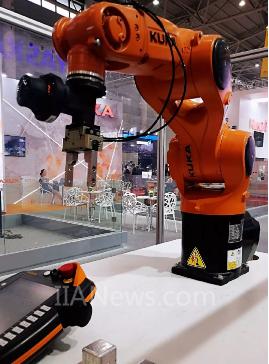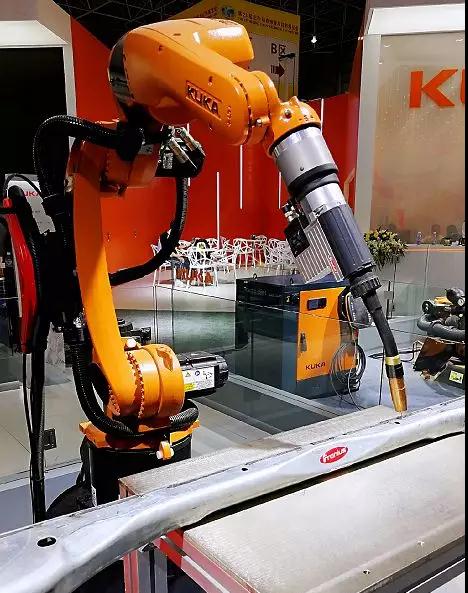
Industrial Robots
Industrial robots are widely used, not only in the automotive industry, but also in the production of space shuttles, military equipment, high-speed rail development, and the production of ballpoint pens. And has been extended from more mature industries to food, medical and other fields.
Due to the rapid development of robot technology, compared with traditional industrial equipment, not only the price gap of products is getting smaller and smaller, but also the degree of product personalization is high, so in the manufacturing process of some complex products, industrial robots can replace traditional equipment, so that economic efficiency can be greatly improved.
Industrial robots can be palletized handling, welding, assembly, ladling soup, casting, forging and so on.




An AGV (Automated Guided Vehicle) is a driverless, autonomous vehicle that loads cargo by automatic or manual means and drives automatically to a designated place on a set route .
AGV uses battery as power source, equipped with automatic guidance equipment (such as magnetic stripe, track, laser, etc.) and safety protection and various auxiliary mechanisms. It is usually combined with the control computer, navigation equipment, charging equipment and peripheral ancillary equipment to form an AGV system. Under the monitoring and task scheduling of the control computer, the AGV can accurately follow the prescribed path, reach the designated position of the task, and complete a series of tasks. AGV has a high degree of automation, stable and reliable system operation, flexible operation can change the path, high-speed wireless communication and high-precision navigation system. AGV has been widely used in e-commerce, electricity, electronics, medicine, energy, automotive and many other fields, improving the efficiency and accuracy of logistics handling.
To sum up, AGV is an indispensable and important equipment in modern logistics automation